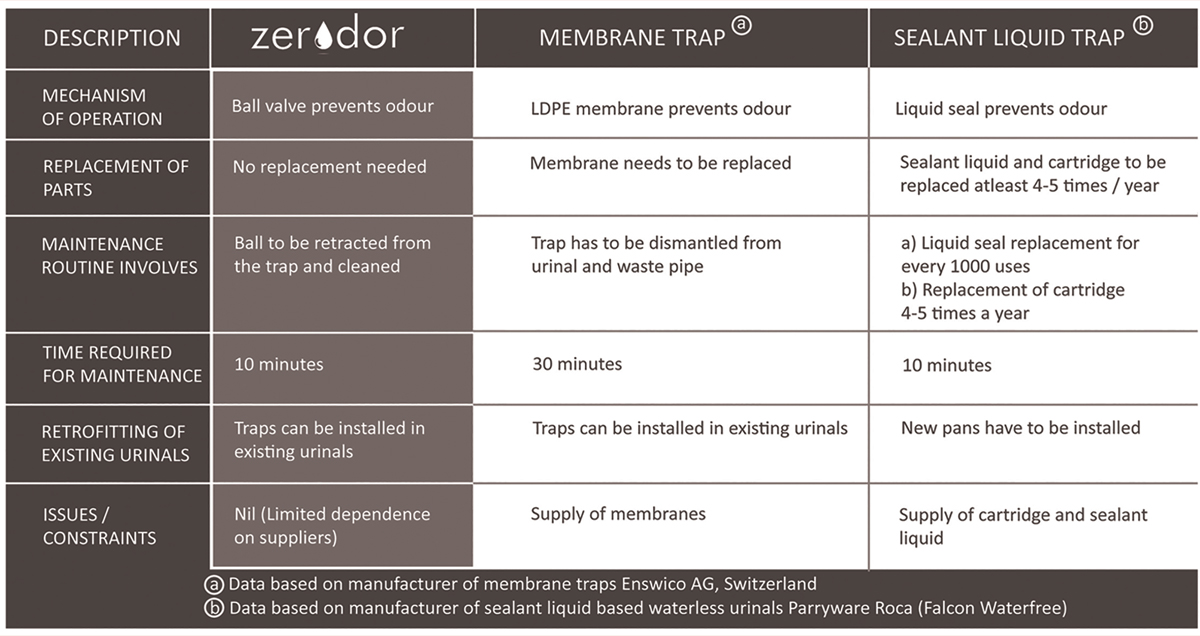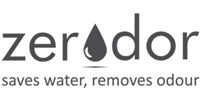
Waterless Urinals do not require water for flushing and can be promoted at homes, institutions and public places to save water and energy thus, contributing significantly towards saving environment. Reduction in infrastructure required for water supply and waste water treatment is also a spinoff arising from installing waterless urinals. The concept, founded on the principles of ecological sanitation helps in preventing environmental damage caused by conventional flush sanitation systems.
“Zerodor” does not require replaceable parts or consumables and can be fitted to most existing urinal
How it Works
Zerodor converts a conventional water flushing urinal into a waterless urinal.
The patented mechanism of Zerodor allows the urine to flow into the drainage line, blocks the odour causing gases and does not allow them to enter into the restroom which makes the urinal waterfree and odour free.
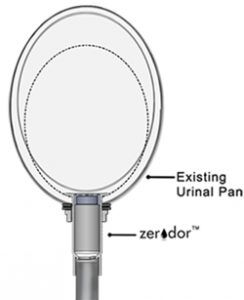
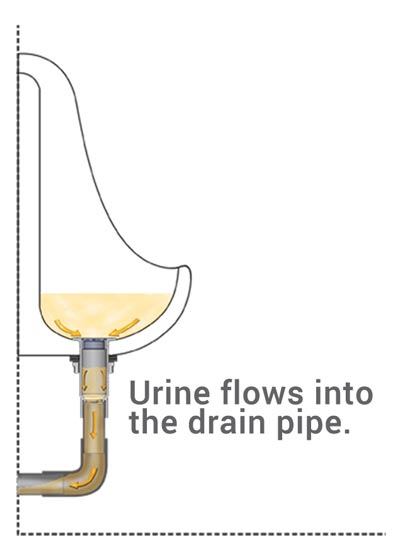
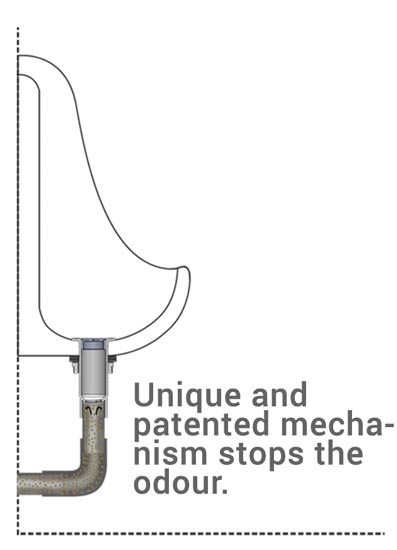
Impact
- Conventional water flush urinals use approx 4 ltrs of water for flushing. This figure goes upto 10-15 ltr when a toilet pan with flush is used for urinating.
- Water used for flushing urine increases volume of sewage generated in cities.
- Use of hard water for flushing urine leads to scale formation that causes blockage in the drains.
- Dampness in urinals offers favourable environment for microbes & air-borne infections.
- High nitrates and phosphorous levels are found in sewage which can be reduced if urine is separated from sewage for productive use such as agricultural & industrial purposes.
151000
10
0
Comparison with other technologies
